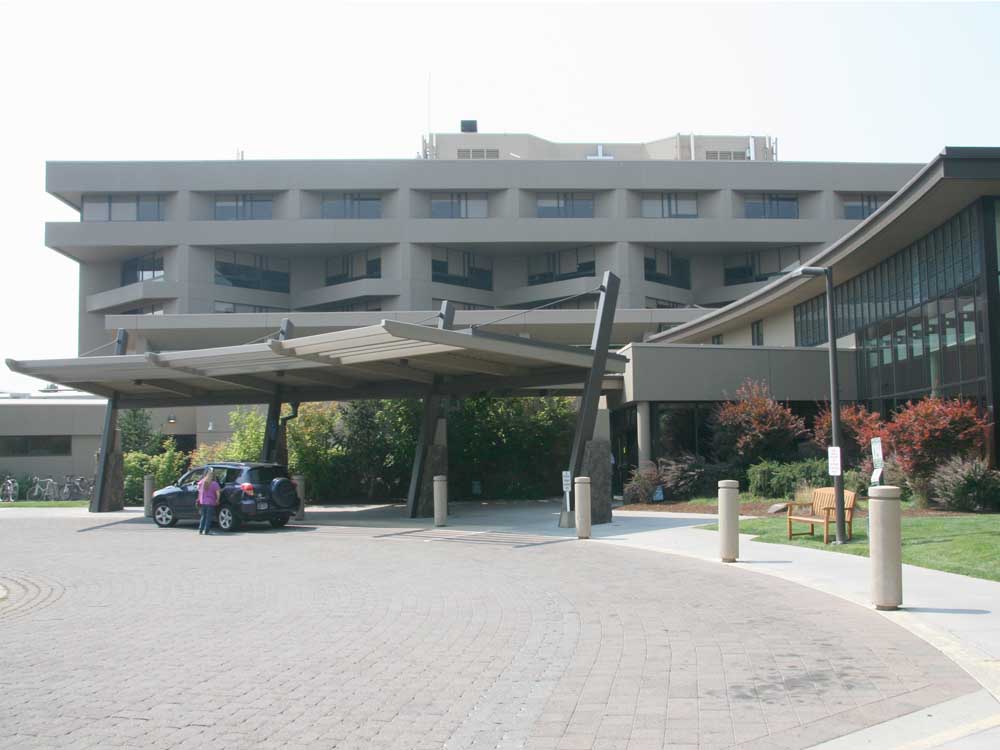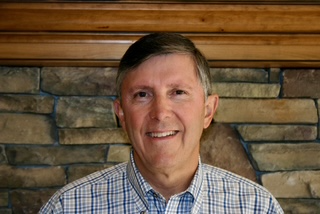New program in Bend changing hospital care for kids
Published 12:00 am Thursday, March 3, 2016

- The Bulletin file photoSt. Charles Bend
It used to be pediatricians had to see their patients wherever they showed up — at their offices or at the hospital across town.
“Frequently what would happen is they would have a waiting room full of patients and then would get called because they have a sick kid in the hospital and they’d have to leave all of their patients, reschedule and things like that,” said Dr. Jeffrey Brown, a pediatric hospitalist and member of the American Academy of Pediatrics’ section on hospital medicine.
Recognizing the burden such arrangements place on pediatricians, medical practices within the past two decades have increasingly brought on a new type of doctor, called a pediatric hospitalist, who spends all day treating kids in hospitals. They also work with patients’ primary care physicians, updating them on patients’ conditions and giving instruction for future care.
Central Oregon got its first pediatric hospitalist in October 2014, thanks to a batch of state funding for projects designed to improve health outcomes, health care and lower costs in Oregon communities. Central Oregon’s coordinated care organization, the group that manages health care services for the region’s Oregon Health Plan — Medicaid — population, took in $1.6 million of a total $27 million distributed statewide for such projects. It directed the money to 10 projects, including this one.
Currently, there are two pediatric hospitalists working at St. Charles Bend: doctors Suzanne Mendez and Hilary Redden. Two more — doctors Kyle and Christa Schulz — will start working there in early May. Although the doctors work in the hospital, they’re employed by Central Oregon Pediatric Associates and Bend Memorial Clinic.
Their days are spent seeing kids in the hospital, whether that’s in the pediatric unit, emergency room, family birthing center or the neonatal intensive care unit.
Even if pediatricians are able to see their patients in the hospital, they can’t do that for the entire three or four days the child might be there, said Mendez, one of the local hospitalists. Now, hospitalized children have the same doctor caring for them throughout their stay.
“There is a lot more attention,” she said, “and if somebody needs us urgently, it’s a lot easier to respond rather than having to cancel a clinic or run across town or across the street. We’re just right there.”
St. Charles had adult hospitalists long before the pediatric hospitalists, but the latter receive three years of training in a pediatric residency in addition to the standard four years of medical school. That’s an important distinction, as there are many differences between adult and pediatric medicine, Mendez said.
The other benefit of having pediatricians who work full time in the hospital is they can improve how care is delivered at an administrative level. Mendez estimates she spends up to 30 percent of her time crafting big-picture changes.
In December, for example, she implemented the use of the Pediatric Early Warning Score, a system used to determine the severity of a child’s illness. Based on warning signs like fast heart rate, irritability, confusion and rapid breathing, children are assigned scores that determine whether they have a serious medical condition that could warrant a transfer to a higher level of care.
Since Central Oregon lacks a pediatric intensive care unit, a high score could warrant a trip to Portland.
St. Charles providers had already been monitoring those warning signs in the past, it’s just that now there is a standardized way to assess a child’s severity, Mendez said.
“It’s a way of empowering the nurses,” she said. “If they have a gut feeling that the kid is getting sicker, it actually gives them a number. ‘Well, this kid had a score of two before and now they’re a four. It’s not just my gut feeling, it’s objective criteria I’m using that’s telling me that the team needs to come together and look at this kid now.’”
Mendez also sits on a hospital committee that reviews pharmacy protocols and is working to ensure kids are protected when medications are distributed, including under a system that uses weight to determine dosage.
In the future, Mendez said she’s also hoping to develop a new method that will cut down on the number of blood tests babies undergo. She’s also looking into allowing some children to receive moderate sedation rather than general anesthesia, which renders them unconscious, when undergoing some procedures and imaging studies.
Pediatric hospitalists commonly sit on hospital committees and, since they work there full time, are able to assess the quality of care on a broad level, said Brown, of the American Academy of Pediatrics.
A 2005 AAP review of studies assessing pediatric hospitalist programs found they decreased cost of stays by an average of 10 percent and decreased length of stays by an average of 10 percent. The review, however, found those savings don’t go back to the hospitalist programs themselves, most of which were found to be losing money.
Families and pediatricians reported improved experiences under the hospitalist programs, the review found, although that data was less comprehensive. The AAP said there wasn’t enough data on pediatric hospitalists’ effect on the quality of care to draw conclusions.
Of the roughly 4,500 pediatric hospitalists nationwide, most work in community hospitals like St. Charles Bend, Brown said.
The program in Bend got off to a shaky start in 2014; the providers involved could not agree on who should lead the work.
Central Oregon’s coordinated care organization was among 13 others that asked the state for more time to spend its grant money. The state agreed to allow the groups through Dec. 31, 2015, to prove the money was spent and the projects are up and running. The state will complete its analysis into whether the groups met that deadline in about a month, Alissa Robbins, a spokeswoman for the Oregon Health Authority, wrote in an email.
Tammy Baney, chairwoman of the Central Oregon Health Council, a group of community leaders that oversees the coordinated care organization, and a Deschutes County commissioner, said that extra time was all they needed to make it work.
“Sometimes a couple of steps back to go a handful of steps forward is not a bad thing,” she said.
— Reporter: 541-383-0304, tbannow@bendbulletin.com






